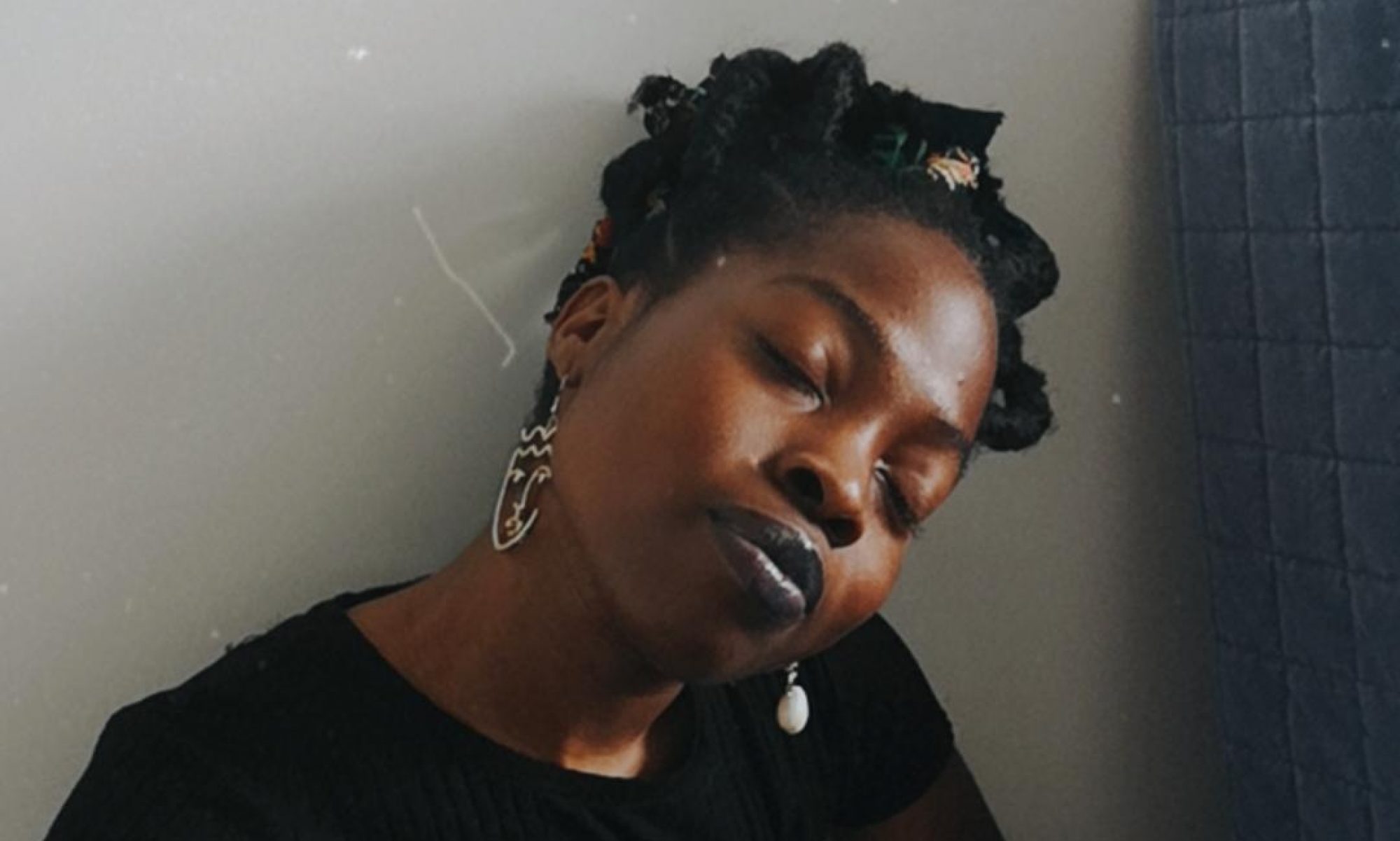March 23
In 2008, my family and I visited Nairobi, Kenya. I remember the trip quite clearly because my Dad was working there at the time and we went to see him and also because my twin and I turned 10 in the beautiful capital city, Nairobi.
On one of the days, my Dad took us- my sisters, my mum and myself- for breakfast and soon after, we were with Maasai. We were invited into their culture and they were really friendly. I don’t remember what we did that day with them but I remember posing for numerous pictures and I remember one of the Maasai women playing with my hair.
In 2018, my sister and I went to the British Museum, London and we walked into the African Exhibit. There we saw, with many other stolen objects, a shield and spear of a Junior Maasai Hunter (Kisongo, Tanzania)- the spear taller than I was. But that was all I could see. Through the transparent box, rectangle, giant square, whatever you want to call it. My experience with these objects on British soil were different from my experience with meeting the Maasai on Kenyan soil- and I am slightly cautious as I write this because Kenyan Maasai ight have slightly different practices from Tanzanian Maasai but, the point still stays the same, the livelihood of the Maasai people was completely erased by the glass box. In fact, I don’t remember them having weapons on them or close to us when we came to visit- they were quite hospitable and I’m sure they looked at us children like we were theirs.

But the only thing I could see through the glass barrier as I stared at the shield and spear in their faces was how equipped Junior Masai hunters were and I could sense that they were agile and fit- which is not a bad observation but, it is only half of the story. The other narrative however that I just told you that I experienced in 2008 doesn’t even show up. What is problematic is not that half the story was told but, half the story was presented as the full one.
If you still don’t understand, get this:
Akii pe e leru ka pe e losoo
One does not call it a burden and also call it an adornment
The thief can never know and experience the value of a stolen object like the owner does.
A foreigner can never know and experience the value of an object that is not theirs.
All they will present to you is what they think it is.
This is the half truth and when presented as the whole truth, it becomes a stereotype
It is misleading.
It is not the duty of the foreigner to tell someone else’s story.
Even as a fellow African, I cannot tell you that what I experienced with the Maasai is the entirety of their culture because I am Nigerian- not Kenyan or Tanzanian and even more specifically, I do not belong to the Maasai people. I do not feel obliged; I do not feel a pressing need to tell you their story because it is not mine. And this, I feel like the majority of Africans in general get and people who belong to so called ‘marginalised’ groups- they understand. But, it is something Westerners, from my experience and in my opinion, don’t seem to get especially spaces like the British Museum.
Why?
When you are used to stealing, stealing is all you know.
Abete le ni n foju oni daajo
It is bribery that blinds a judge
Afoju ajanaku, ko mo igi, ko mo eyaan
A blind elephant does not know a man from a tree
Stealing will blind you to reality.
